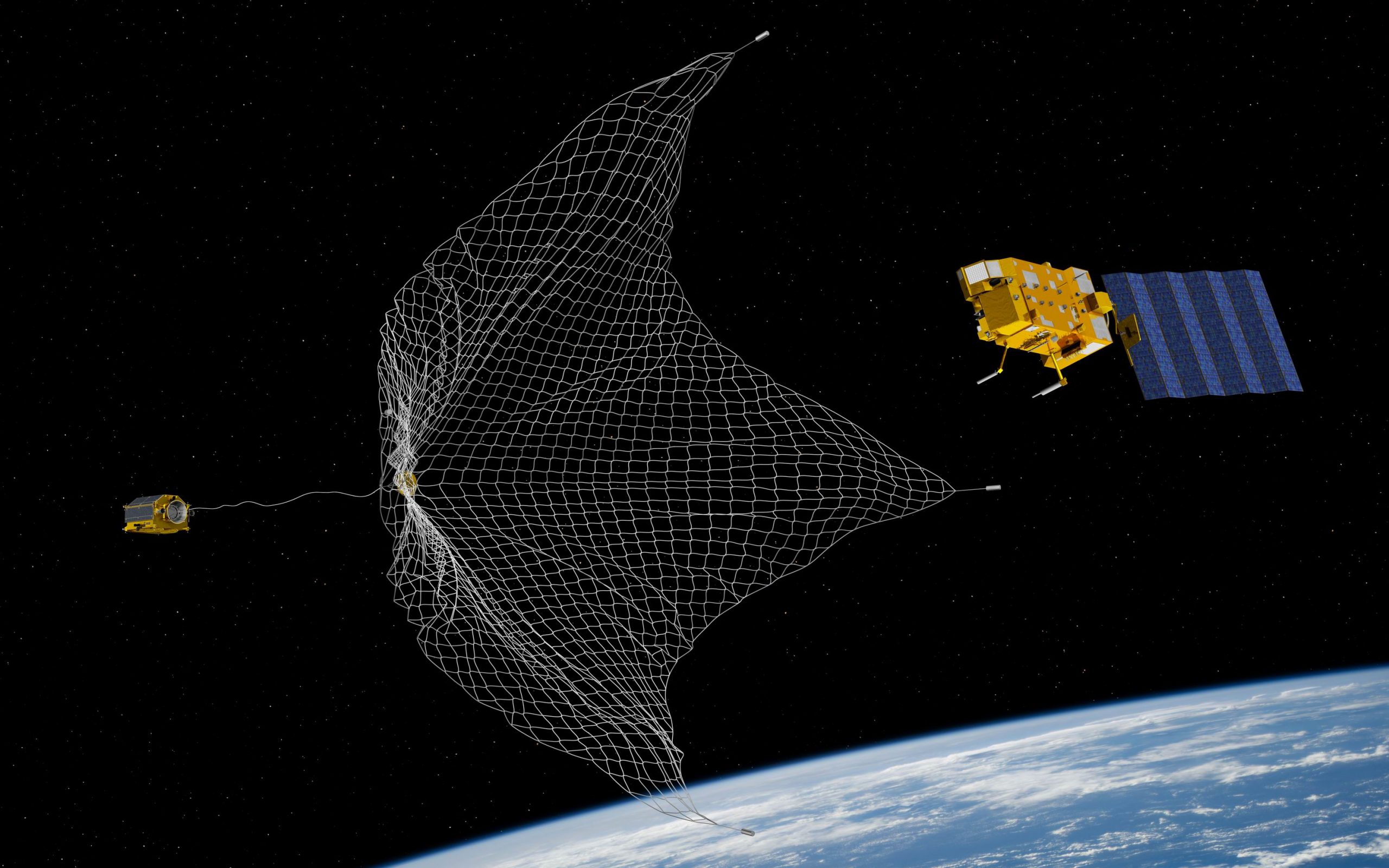There’s a lot of stuff in space, as it turns out. So, you might think that space is one big, empty place where the only thing we can do is put satellites and other things up there. But you’d be wrong.
Knowing More About the Space Situation
A swarm of satellites orbiting the Earth is a beautiful sight-a hearty patchwork of little bits of plastic and metal flying around our planet. But in the future, these spacecraft may be the least of our worries. Space debris-the pieces of satellites that are no longer functioning-is already the most prominent danger to spacecraft, and the problem is worsening. The satellites include pieces of U.S. and Russian spacecraft, as well as debris created during the creation of those satellites.
There is no doubt that the planet is in trouble. There are a variety of problems that are slowly killing us off, from air pollution to melting ice caps, but one of the biggest may be space junk.
On average, there are about 2,600 pieces of space junk orbiting the Earth. About a third of it is defunct satellites, which are only a concern because they can have a catastrophic impact with any debris that strikes them. (The other two-thirds are from rocket bodies and other debris.) The U.S. Air Force and NASA, among other agencies, have a program to track and catch satellites before they collide with space junk, but there are gaps in the safety net.
Why should we clean our satellite field?
It’s no secret that the world’s satellites have a dirty habit of releasing particles into the upper atmosphere, which poses a risk to satellites, humans, and the environment. NASA reports that this built-up debris can create a hazard to aircraft, disrupt satellite operations, and even threaten humans in space.
The space industry has grown like a weed over the last five decades, but the field of space debris has only recently come into focus. The number of man-made objects in low earth orbit (LEO) is estimated to be around 18 million-a lot of stuff to keep track of. Among those is the largest object ever built by humans, the International Space Station (ISS), which is a busy hub of scientific research and serves as a testbed for technologies that might one day be used to support deep space exploration.
On the downside, the ISS serves as a natural target for the smaller debris that is routinely bombarded by fragments from high-velocity collisions in low earth orbit. Larger debris can also pose a risk to satellites, disrupting their operations or, worst, bringing damage to them.
Be it for environmentalism, security, or fashion, satellites have a big part to play in our daily lives, and Satellite Design certainly isn’t showing any signs of slowing down or becoming less relevant. Satellites are used to take images of crops, see wildlife, monitor weather, and track the location of ships. They are used to make money and put out information, and they are used to help communicate with people around the world. Cleaning up space remains a major challenge for space-faring nations.
How can we clean the satellite field?
Ever since the early days of space exploration, people have wondered how to clean up the space debris that is slowly accumulating around our planet. The question has been raised before, and the International Space Station (ISS) is expected to be the most used space station in the next ten years. With the increase in activity and the amount of debris that could potentially damage the ISS, it is necessary to look at possible solutions to clean up the space debris around our planet.
This year, the world is set to launch thousands of satellites of unknown purpose into space. While most will be used for business or satellite T.V., a small percentage of them will be used for cleaning up space junk. But will we be able to control their orbits, and if so, will we even be able to make use of any of the satellites that we do launch?
Just Some Added Tidbits…
While space travel right now is still pretty efficient, NASA engineers are working hard to make it better. For one, they are working to decrease the weight and engine size of future rockets, so they don’t have to carry as much fuel up there. But, as they are working to create more efficient space travel, they are also trying to make sure that the space junk orbiting the Earth doesn’t crash into things, creating even more space junk.
